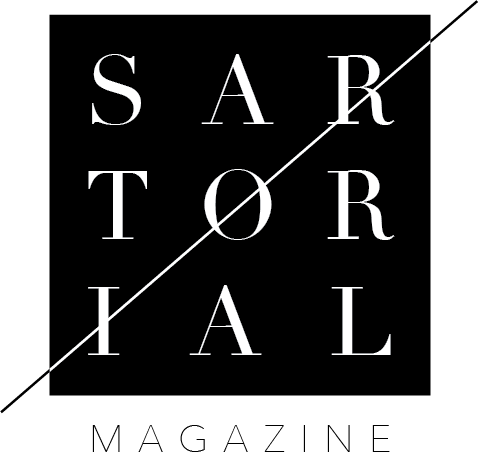Braids, Locs, and Beyond: The Beauty and History of Protective Styles
Written by Alexis Loftis
Photography by Liz Eike & Alexis Loftis
Graphics by Alexis Loftis
Modeled by Asia Hatfield, Taija Jones, Kekelie Ketonou, & Terrell Burse
Have you ever been in a room where no one looked even remotely like you? Where no one has the same skin color as you, let alone the same hair texture? That is the reality of many young people of color. You grow up seeing people who don't look like you, and then you start to ask the question, “Am I different?” Why am I different?
As a young Black woman growing up in the Ozarks, my region consisted of a population of people that don't look anything like me. I was confused on why my hair is curly or why my hair was braided when no one else's was. I didn't really start appreciating my hair until I was in high school, when I learned to realize that different is beautiful.
I have memories of my mom braiding my hair growing up: sitting in between her legs, gel in one hand and a rat tail comb in the other. She would then put beads in my hair and sometimes clackers; I liked those ones because they made sounds. It was such a comforting and connecting experience. Braiding takes hours, but in those hours, you can talk to your braider or friends around you. Talking about life, memories and goals with people you have shared experiences with just brings so much solace. I always have some of the best conversations when I'm getting my hair braided.
Black hair varies in texture and length. Some people's hair textures can be unmanageable for them, so they opt for different styles. Protective styles are styles that tuck the hair away and protect it, like the name suggests. These can include things like locs, cornrows, and twists. Styles like this are low-commitment and can be a lot more resilient than a person's natural curly or kinky hair. They also help retain hair length and new growth.
Protective styles have a very long history in the Black community. We can see the very beginnings of these styles — braids specifically — in earlier Black civilizations; they were used to determine different social aspects, like a person's marital status, wealth, religion, and even the tribe they came from. However, a shift happened during the start of the slave trade when enslaved people were forced to cut off these hairstyles, stripping them of their identities.
Hair is much more than just hair for Black people, and it has always been that way. Towards the end of the slave trade, enslaved people started wearing their hair in braided styles again for their own survival. Not only were braided styles a low-maintenance way to maintain Black hair during very long workdays, but they also were used as maps to alert other enslaved people without compromising their own safety. Sometimes, enslaved people braided rice into their hair to eat while traveling to enslavement. Today, many different styles are used in the Black Community. Their hair is not only an extension of themselves but an accessory to their outfit as well, being both practical and stylish.
In many communities, there is a limit to Black beauty supply or hair shops. In Springfield, there are only a handful of these types of stores. Some individuals braid without being a part of a shop, but these braiders can be hard to find for people who have just moved to the area. Black people need to go to stylists who know about Black hair in order to get their hair done, while a non-Black person can go to any salon, and the person will more than likely know how to do their hair. A hair stylist who primarily works with straight hair would less than likely know how to work with 4C kinky hair. Generally, cosmetology students are not taught about Black hair, and these are the people who become hair stylists. This is why having a community and knowing where to get your hair done as a Black person is so important; it connects us.
Springfield Braiding Company, a braiding shop on Commercial Street, is one of these communities in Springfield. You can either book an appointment or do a walk-in if they are available. They offer many different styles ranging from crochet braids, retwists, and interlocking, to feed-in braids, butterfly locs and unisex braids! They also do consultations, which can be about hair care, protective style options, extensions, starter locs, and more. They even offer classes for individuals wanting to learn how to braid. Additionally, they offer other services like hair tinsel and henna tattoos. Springfield Braiding Company has become a staple for the Black community in Springfield since they have opened.
Black hair is often misunderstood or misrepresented, so it is important for non-Black people to be knowledgeable on things like protective styles and Black hair in general in order to uplift, understand, and be an ally to the Black community.












